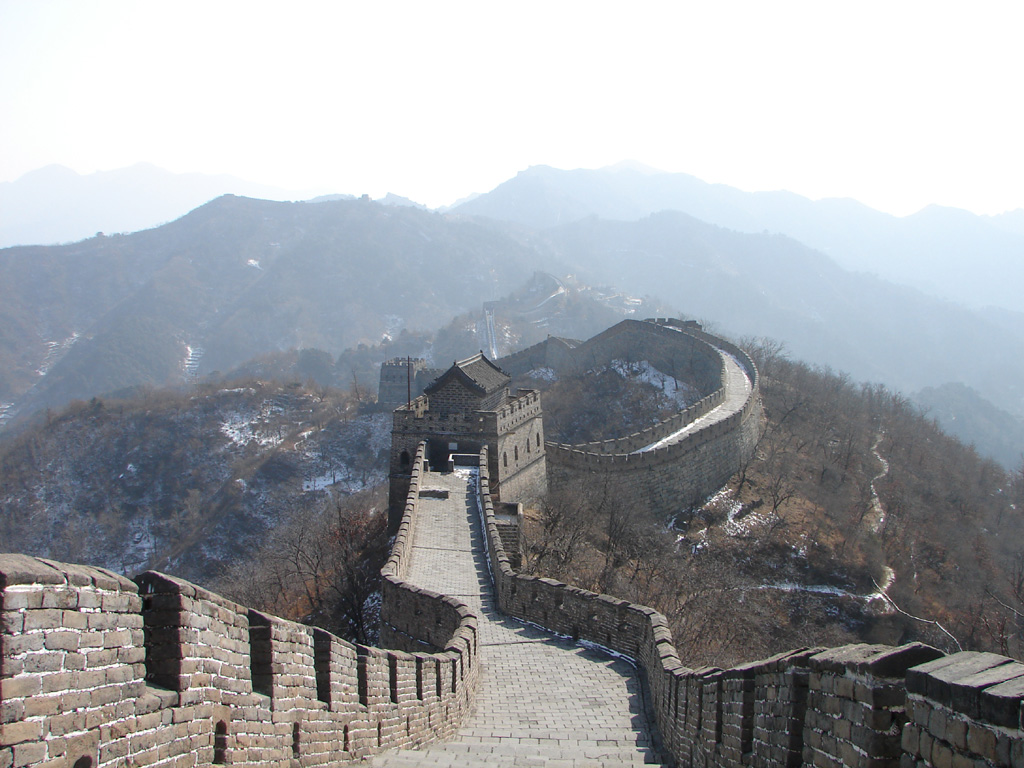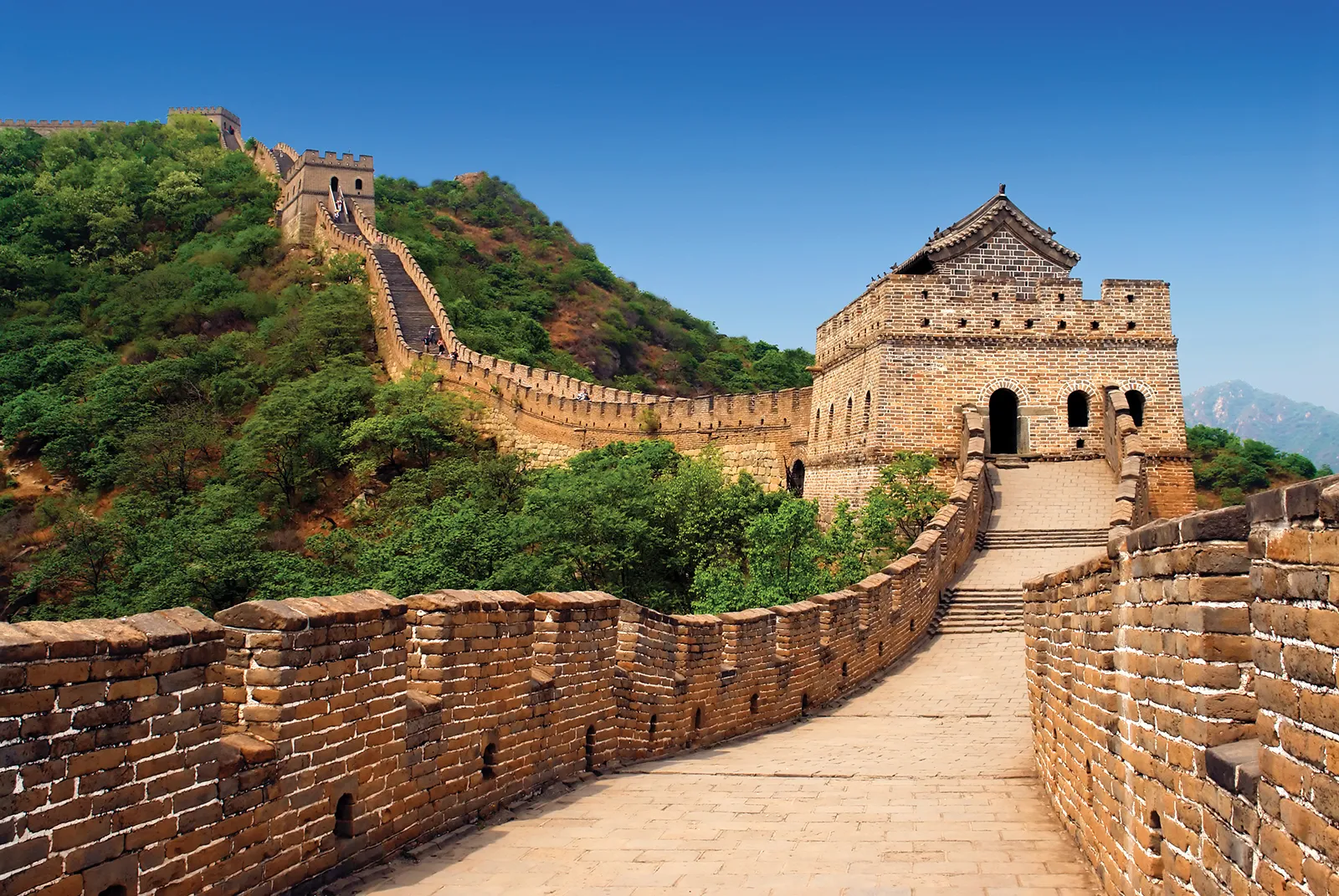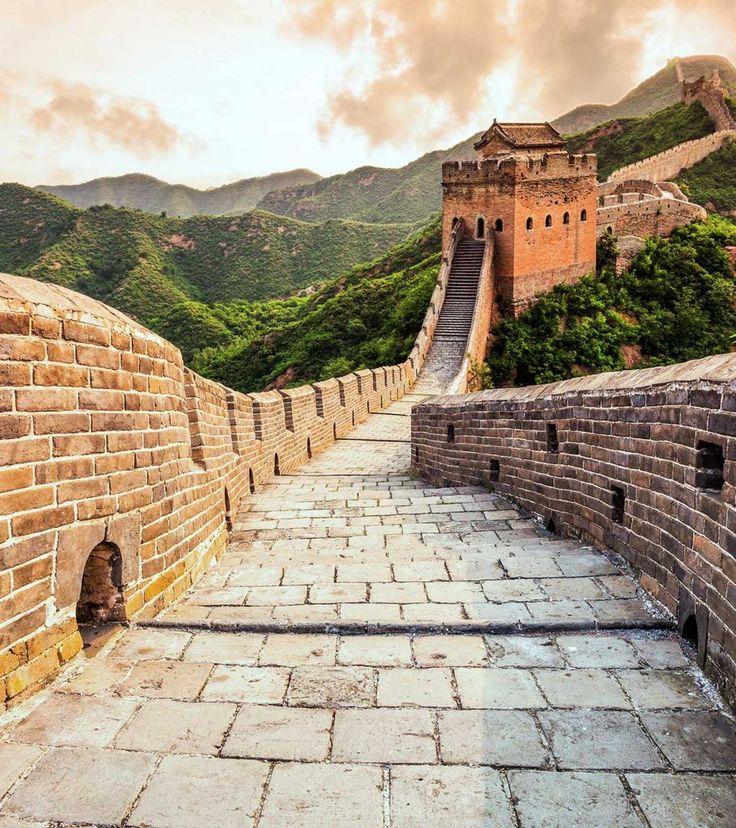
As of the present day, the Great Wall of China remains a remarkable testament to human ingenuity and historical significance. The only portions that remain intact are those that were constructed during the Ming Dynasty.

The Ming portion of the Great Wall is approximately 8,851 kilometres (5,500 miles) long overall. According to reports, unfavourable environmental factors and human activity have caused almost 30% of China’s Great Wall from the Ming Dynasty to disintegrate.
Here’s an overview of its current state:
Preservation and Conservation Efforts
1. Well-Preserved Sections: Some sections of the Great Wall, particularly those near major cities like Beijing, have been meticulously restored and maintained. Places such as Badaling and Mutianyu receive significant attention and resources to ensure they remain accessible and structurally sound for tourists.
2. Conservation Challenges: Despite restoration efforts, many sections of the Great Wall face ongoing challenges. Natural erosion, weathering, and the sheer length of the Wall make maintenance a continuous effort. Some remote or less-visited sections may be in varying states of disrepair.
3. Legal Protection: The Chinese government has implemented strict laws and regulations to protect the Great Wall as a national cultural heritage site. These measures aim to prevent unauthorized alterations, vandalism, and commercial exploitation.

Accessibility and Tourism
1. Tourist Attractions: The Great Wall attracts millions of visitors annually, both domestic and international. Popular sections like Badaling offer facilities such as visitor centres, souvenir shops, and cable cars to enhance the visitor experience.
2. Sustainability Concerns: The influx of tourists has raised concerns about the environmental impact on the Wall and surrounding areas. Efforts are being made to balance tourism promotion with sustainability practices to minimize damage and ensure long-term preservation.
Cultural and Symbolic Significance
1. Global Icon: The Great Wall of China remains one of the most recognizable symbols of Chinese culture and history worldwide. It symbolizes China’s ancient civilization, military prowess, and enduring spirit.
2. UNESCO World Heritage Site: Designated as a UNESCO World Heritage Site in 1987, the Great Wall is internationally recognized for its outstanding universal value. This status underscores its importance not only to China but to the global community.
Future Challenges and Directions
1. Continued Conservation: Future conservation efforts will focus on preserving the integrity of the Great Wall while managing tourism sustainably. This includes using traditional building techniques, monitoring structural stability, and educating the public about responsible tourism practices.
2. Research and Education: Ongoing research and archaeological excavations help uncover new insights into the history and construction of the Wall. Educational initiatives aim to promote a deeper understanding of its cultural significance among younger generations.
In conclusion, while the Great Wall of China faces challenges in terms of preservation and sustainability, it continues to stand as a testament to China’s rich history and cultural heritage. With concerted efforts in conservation and responsible tourism, the Great Wall can continue to inspire awe and admiration for generations to come.
For advertising and content publication, what’s app Xylose Magazine on 0574170347


